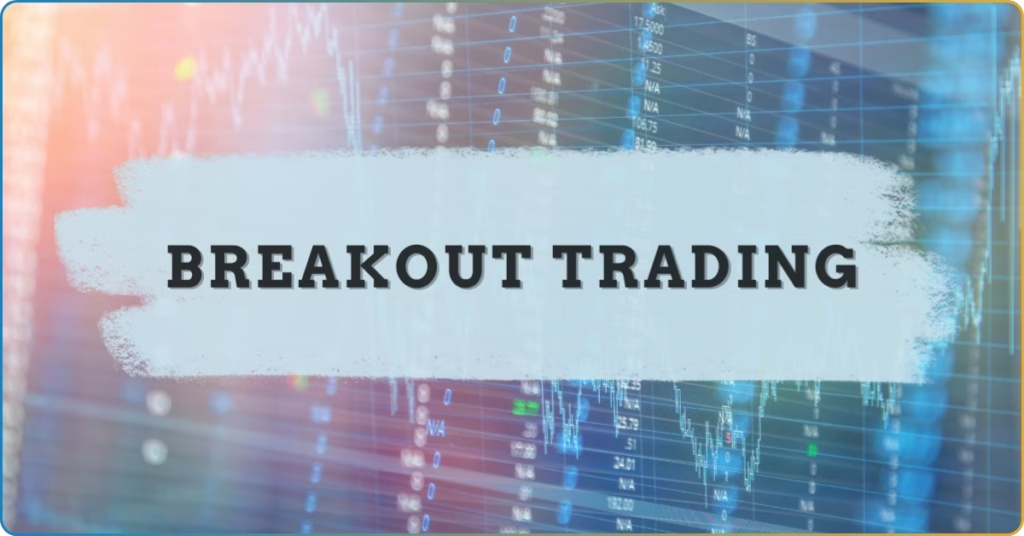In the foreign exchange (forex) market, volatility is inevitable—like a natural disaster for traders. This is especially true for the South African rand, widely cited as one of the most volatile exotic currency pairs.
If you want to mitigate the risks of such volatility, forex hedging is the key. But what exactly is forex hedging, and what are the most effective ways to execute this strategy?
This TRU Insight breaks down essential hedging techniques. This is suited for beginners looking for hedging meaning in forex and also for advanced traders seeking tools and examples.
Read on to discover which forex hedging strategy suits you best.
What is Forex Hedging?
Imagine you are checking the weather forecast and there is expected rain, and to prevent yourself from getting soaked, you will need an umbrella.
That is just like the role of forex hedging—you are not stopping the rain because that is impossible. That is why you use hedging as a shield against unpredictable currency swings.
Technically, forex hedging is a risk management strategy. It means opening another trade that balances the risk from your first trade. This can be done by making an opposite trade on the same currency pair or using related pairs or contracts to reduce the risk.
Top 5 Forex Hedging Strategies
Forex hedging strategy is not a uniform approach that works in just one way. There are tools like forex hedging calculators involved, and even simple hedging techniques.
What matters is not finding the “best” forex hedging strategy but choosing a powerful approach that fits your trading style. Here are different forex hedging strategy examples you can use:
Direct Hedging
Direct hedging is the simplest form of a forex hedging strategy. It means opening two opposite trades on the same currency pair—one buy and one sell. This approach is popular among traders who want quick protection against sudden price swings without closing their original position. Beginners often use this because it’s easy to understand and doesn’t require complex tools.
To execute direct hedging, traders simply place an opposite order of the same size on the same pair. For example, if you bought EUR/USD, you could sell EUR/USD to hedge. Many platforms allow this, and you can use a forex hedging calculator to check lot sizes and break-even points.
Options Hedging
Options hedging is like buying insurance for your trade. Instead of opening the opposite position, you purchase a currency option that gives you the right, but not an obligation, to buy or sell at a set price. This strategy is ideal for traders who want flexibility and protection without locking up too much capital.
This is the formula for using options hedging:
- Buy a put option= protect a long position
- Buy call position= protect a short position
This strategy is considered one of the best hedging strategies in forex, and it is ideal for traders who want flexibility and protection without locking up too much capital.
Forward Contracts
From the term itself, “forward,” this is a hedging strategy that involves a future date agreement to exchange currencies on a fixed rate basis. Think of it as locking in today’s price for tomorrow’s trade.
This kind of forex hedging strategy is not usually available on the retail platforms, so you will need to find a broker or financial institution that deals with forward contracts. So, if you are a long-term trader or a business owner who needs certainty of cash flow, this kind of strategy is best for you.
Futures Hedging
Futures hedging works like forward contracts but uses standardized agreements traded on exchanges. It’s a popular choice for traders who want transparency and liquidity. Futures are ideal for those who deal with major currency pairs and want to hedge against large market moves.
To apply this, traders buy or sell currency futures on regulated exchanges. Futures platforms often provide margin calculators and risk tools similar to a forex hedging calculator. This strategy is more advanced than simple hedging but offers strong protection for professional traders.
Dynamic Hedging with AI Analytics
in today’s dynamic forex market, especially in South Africa, the use of AI analytics as part of hedging strategies is actually advantageous. These tools monitor volatility and adjust positions automatically, reducing manual work and helping traders avoid emotional decisions.
To use dynamic hedging, you will need to learn algorithmic trading, particularly AI forex trading, to calculate hedge ratios in real time. This is perfect for advanced traders who want precision and speed in fast-moving markets.
Conclusion: Using Forex Hedging Effectively
Once you start using forex hedging, you’ll realize that not every strategy works perfectly without proper learning. If you ignore the fundamentals of forex trading that connect with hedging, your approach will fail.
Why? Because forex hedging is not a profit-making tool—it’s an insurance against risk. This isn’t meant to discourage you, but to show the reality of hedging. Every strategy needs a strong foundation of discipline and continuous learning. As you move into advanced methods and tech tools, you’ll find that hedging becomes far more effective.
Navigate forex hedging strategies and the broader forex market with CommuniTrade’s Trade Geek—a complete forex trading course designed to help you trade smarter.
Frequently Asked Questions
Is the forex hedging strategy free?
Not at all. Forex hedging involves costs such as transaction fees, overnight swap fees, and option premiums.
Is there a “no loss” forex hedging strategy?
No. Hedging reduces risk but doesn’t eliminate it; proper cost and timing matter.
What is the popular hedging strategy in forex?
Direct hedging and option-based strategies are the most popular for short-term volatility.
How do I calculate a hedge size?
Use a forex hedging calculator to determine lot sizes based on entry, hedge price, and break-even target.















